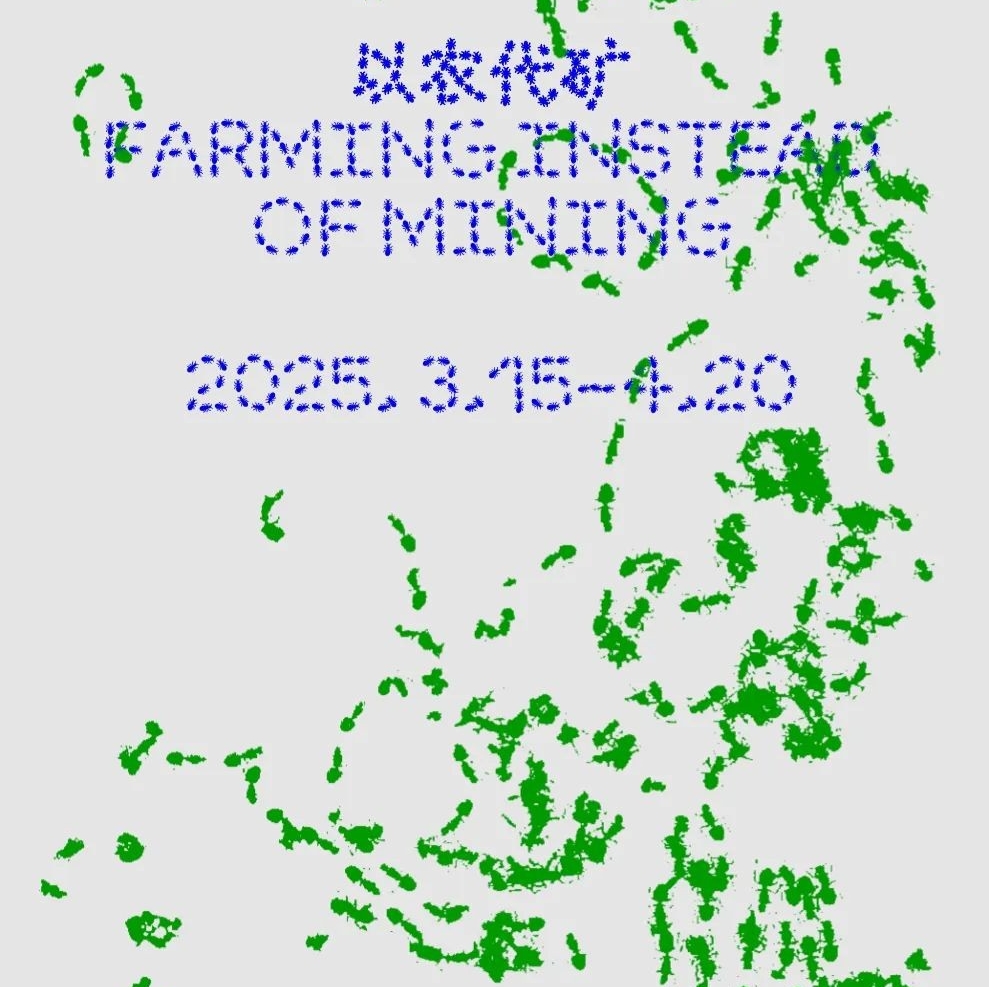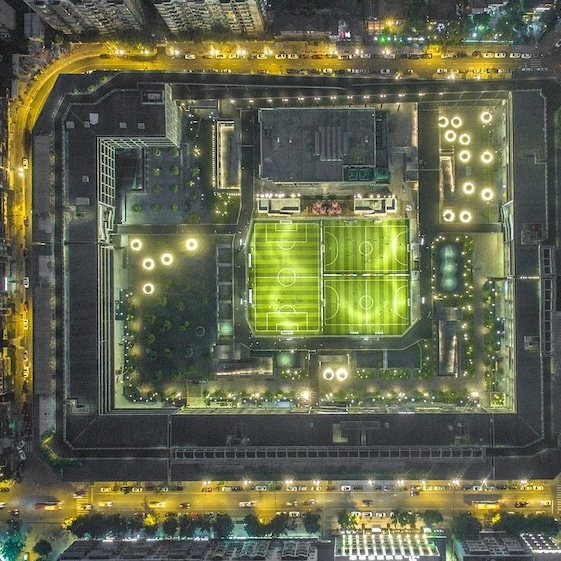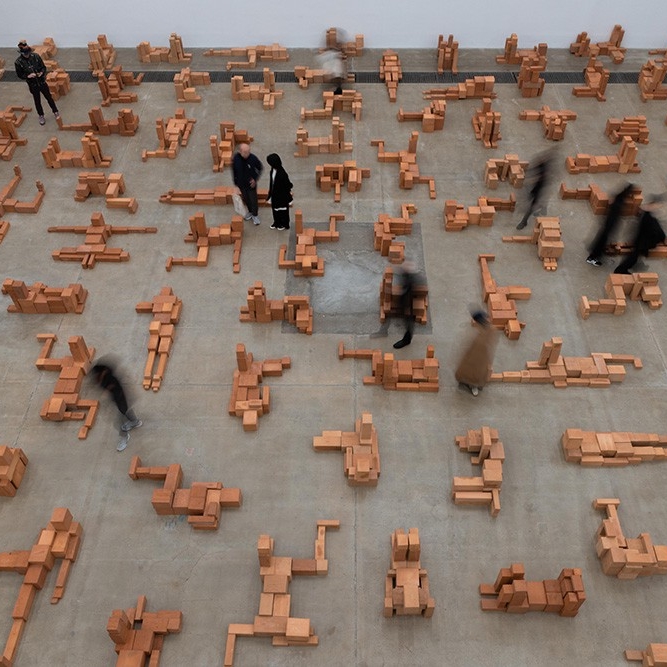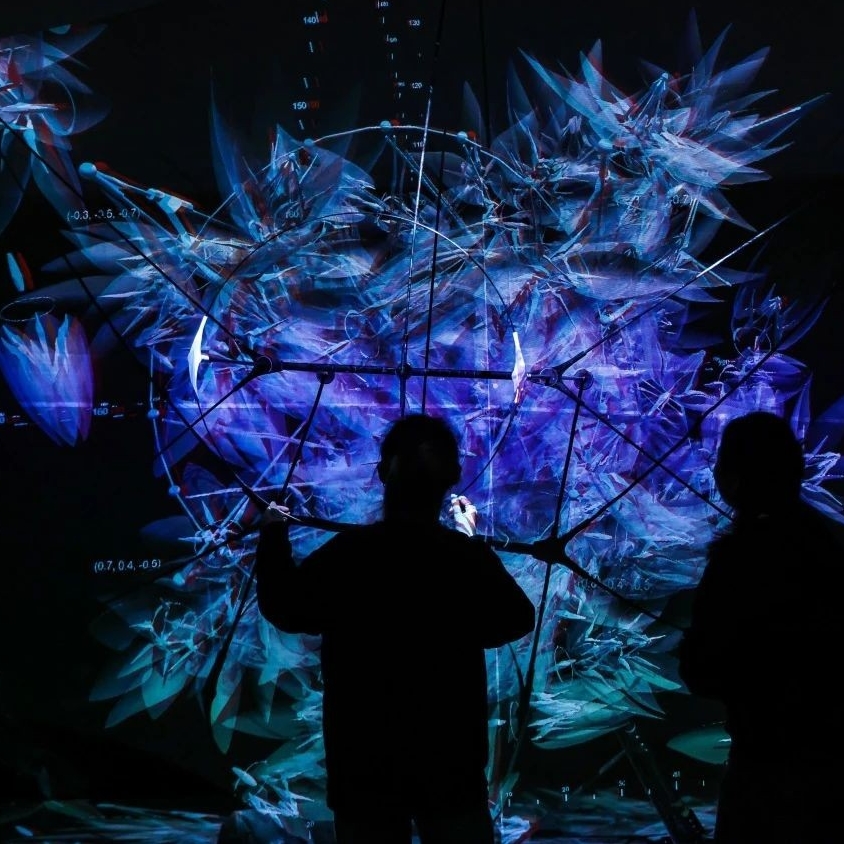 Memphis Milano, The Modern Art Museum (MAM) Shanghai and Global Design Distribution (GDD) present “Memphis Again: 1981-1985, Stuck Inside the Revolution”, an exhibition directed and curated by Christoph Radl from 14 May to 30 July, 2023.
Memphis Milano, The Modern Art Museum (MAM) Shanghai and Global Design Distribution (GDD) present “Memphis Again: 1981-1985, Stuck Inside the Revolution”, an exhibition directed and curated by Christoph Radl from 14 May to 30 July, 2023.
Following on from the debut at La Triennale museum in Milan during the 2022 edition of the design week, Memphis Again makes its first appearance in China with the support of the Istituto Italiano di Cultura di Shanghai.
The exhibition presents almost two-hundred pieces of furniture and objects (bookshelves, dividers, vetrines, toilette furniture, dining tables, countertop tables, coffee tables, desks, chairs, couches, sofa beds, table lamps, appliques, floor lamps, chandeliers, ashtrays, flower pots, fruit bowls, fabric accessories, rugs) in the most diverse selection of materials (wood, plastic, laminate, glass, ceramic, porcelain, silver, steel, fabric) produced between 1981 and 1985 for the Memphis collection.
Memphis Again unfolds across two floors of MAM, starting from the second floor of the building where all Memphis textiles will be guiding visitors through the exhibition for a more theatrical effect.
On this floor, Italian multidisciplinary artist and illustrator Massimo Giacon has created large-scale comic strips accompanied by animations that highlight the historical milestones of the brand. Featuring the people and key moments that marked the history of Memphis over the years, Giacon’s work will encourage the visitors to travel back in time for the very first exhibition of the Memphis group in 1981 to the evening gathering at the house of Ettore Sottsass and Barbara Radice with Bob Dylan’s music in the background, there will be a homage to David Bowie and Karl Lagerfeld, who were among the very first collectors championing the Memphis brand and the story of Memphis Milano’s arrival in China will be told.
On the top floor, the objects will be displayed in chronological order alongside the spacious U-shaped room, just like a fashion show in which the observers will be moving along the catwalk in a space that, thanks to the furniture and a special soundtrack by American DJ and producer Seth Troxler will make them feel like they are in a nightclub.
In the exhibition space, the famous black and white patterns typical of Memphis culminate in an oneiric and playful background texture for a sequence of adjacent rooms in the central section of the area. Here, some monumental Memphis items and larger pieces take center stage together with a selection of objects. Quotes from critics, architects and designers, which will be projected on dark walls, offer a special focus on how this cultural movement marked the start of a new era in the product of design both in Italy and around the world
The exhibition is neither an homage or a historicisation. Its objective today, just as it was back then (1981), is that of directing the attention on the expressive and cultural possibilities of a design that goes beyond marketing. Memphis was born with the desire to adjourn the language of design and architecture. An alternative proposition to a design that is imagined especially to solve industrial functional problems, while underlining the emotional, psychological side and aspect of the issue and of the discipline. Each designer, for example, was free to design what they wanted, without any restrictions. Later, when it shifted from being a cultural necessity to becoming, as expected, “projects and prototypes”, a company to distribute and sell was founded. And it worked.
Barbara Radice stated in 1981: “Memphis does not repudiate the functional utopia, but it observes functionality with eyes wide open, more like an anthropologist than a marketing manager. Hence a functionality related not only to certain ergonomic standards or statistics of salability, but also to the vision of a public necessity, a historical thrust.”
E Sottsass: “I would have loved to suggest a sort of non-cultural iconographic, a culture that belongs to no one (not an anonymous culture), but the iconography of a culture that is not used and not usable, not because it doesn’t exist, not even because it is not utilised, but because it can’t be looked at, because it is not considered, because it doesn’t belong, because it looks like it doesn’t exist in known culture, and maybe it doesn’t even produce culture. These areas of non-culture, these areas of “no one’s culture” do exist”.
The need to get rid of certain conventions is still very contemporary. Sottsass: “The fact is that we no longer are scared: I mean the fear of having to represent or not represent something or someone, élites or derelicts, traditions or boorishness. We no longer fear what the past sends along nor do we fear what the more aggressive future sends.”
About the Exhibition
Dates: May 14-July 30, 2023
Directed by: Christoph Radl
Venue: Modern Art Museum, Shanghai
Designers: Ettore Sottsass, Michele De Lucchi, George J. Sowden, Martine Bedin, Andrea Branzi, Shiro Kuramata, Marco Zanini, Matteo Thun, Peter Shire, Aldo Cibic, Nathalie Du Pasquier, Gerard Taylor, Masanori Umeda
Special Guests: Arquitectonica, Michael Graves, Hans Hollein, Arata Isozaki, Javier Mariscal
Animations by: Massimo Giacon
Soundtrack by: Seth Troxle
Courtesy of Memphis Milano Galleria.




























